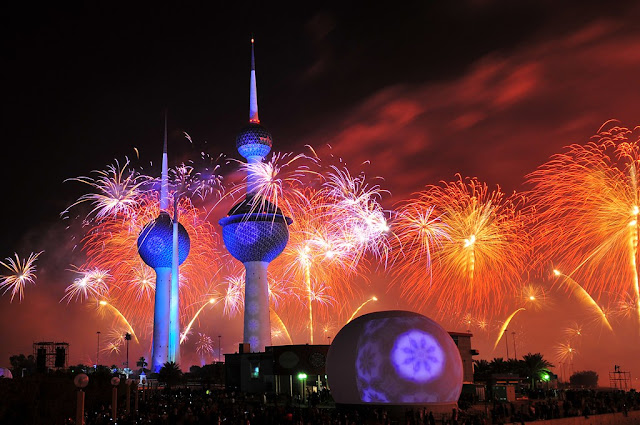 |
| Sypder 3 Cube |
I have always relied on manual white balance whenever I wanted to get the perfect white balance under difficult lighting conditions. I explained about manual white balance
here.
Also, when it comes to getting the correct exposure (where white comes out as white), a 18% grey card is the photographers choice tool for getting that perfect exposure. I explained about the 18% grey card
here.
A reader of the blog made a very interesting comment on the 18% grey card post - He proposed that a better solution would be to use a card that includes White, Black and neutral Grey which a RAW converter could then use to sample all three colors and make a more accurate exposure.
I did not pay much attention to the above comment since I was quite comfortable with the Grey card solution. That is..until I came across the Spyder 3 Cube. I was actually looking for a color calibration tool on Amazon. When I selected the Spyder 3 Express (which I reviewed
here), Amazon suggested that I might be interested in the Sypder Cube. After reading what it does, I thought my photography might benefit so I decided to add it to the cart.
I don't know what I was expecting. Perhaps a fancy electronic gizmo? Certainly it was more than the 1.5 inch plastic box that I received with a small steel ball on top. I paid $40 bucks for this?
Anyway, if this tiny plastic box could solve both my White balance AND Exposure problems, I wouldn't mind having spent the money. I decided to give my new toy a trial.
The basic idea of the Spyder 3 cube is very simple:
1. Place the cube in the frame where you will take the picture (you can place it on a flat surface or it can be placed on a tripod as it has a tripod thread at the bottom. You can also hand it anywhere using the supplied loop)
2. Take the RAW picture making sure that the cube is in focus.
3. Remove the cube and continue shooting in RAW.
4. If the lighting conditions change, repeat the above steps.
I decided to test it with my daughters Barbie doll.
 |
| Original image straight from the camera. |
Using the RAW processing software, you will first load the image that contains the cube
In my example, it is evident that the white balance is off. The white does not look white. Correcting the white balance is as simple as clicking on the neutral Grey color. And Voila!
 |
| Correct White Balance. |
Since all the 3 colors are available in the image, exposure can be easily corrected by watching the histogram as you adjust both the highlights and the shadows. The cube has a black trap in the front (a small circle that is absolute black).
 |
| White Balance & Exposure corrected. |
Once you are happy with the settings, you apply them to all the other pictures that were shot under the same lighting conditions (without the cube in the picture, of course).
 |
| Final image with correct white balance & exposure. |
So there you have it. 40 dollars for a tiny piece of plastic. Is it worth it? If you are a serious photographer, then the answer is yes. Since it solves 2 problems at one time. i.e. Solves the White balance problem and the Exposure problem.
NOTE: The Sypder 3 cube is suitable when you are shooting static subjects under similar lighting conditions. It is not suitable for dynamic situations where the subject is constantly moving or the lighting conditions are changing rapidly.



































